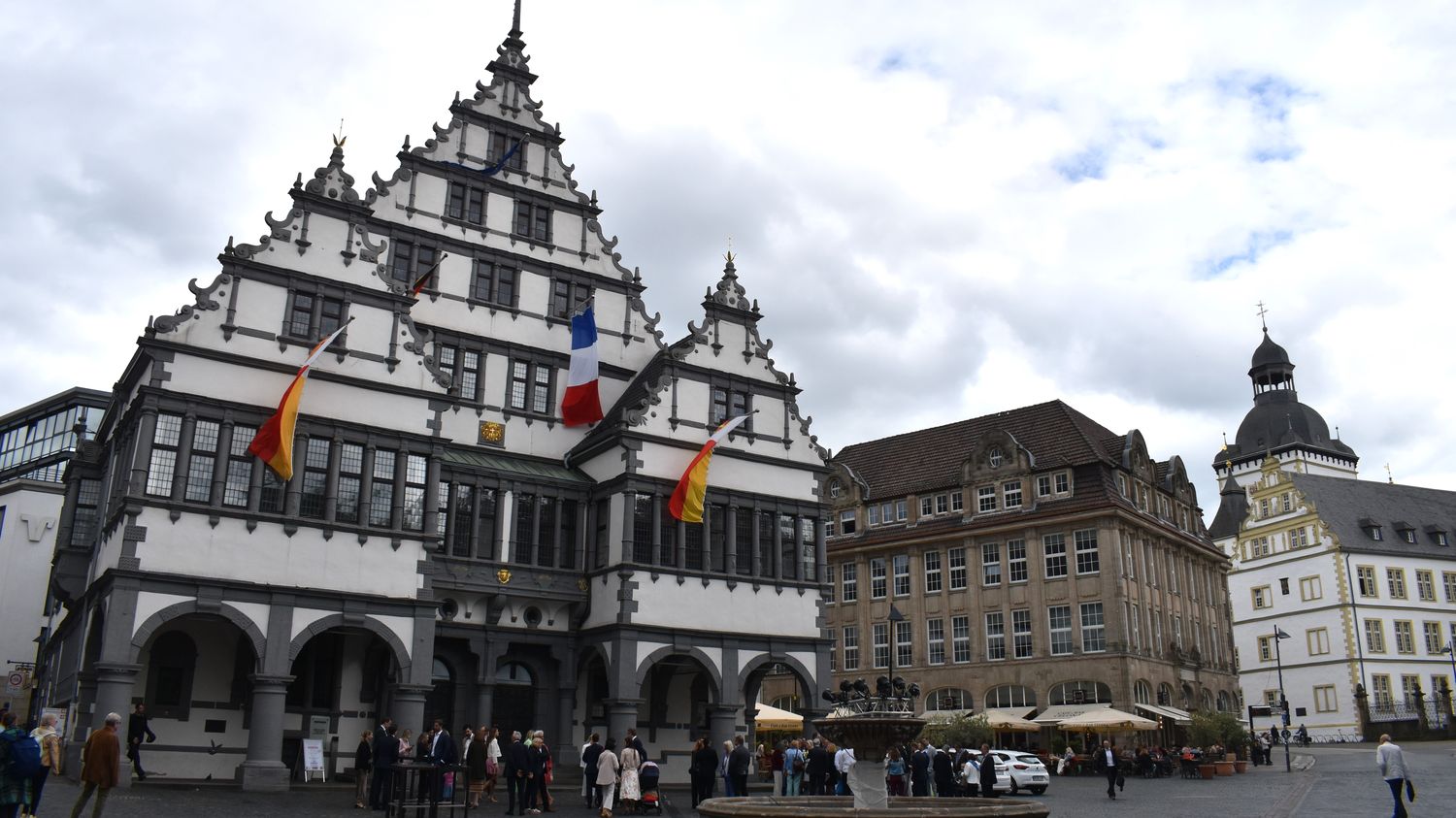This city, located slightly away from one of the densest and most dynamic regions of Germany, is delighted to host the finalists of the last World Cup.
Published
Reading time: 3 min
To reach your destination from France, you have to cross the Ruhr, go beyond Düsseldorf, Cologne or Dortmund and cross a few fields and their persistent smell of dust. Although it is not located in the heart of North Rhine-Westphalia, the city of Paderborn is not a small corner of the countryside. According to the latest census of 2022, 155,000 people live there, a total comparable to that of a city like Dijon in France.
“It’s a peaceful, clean town, where there are many pleasant little squares.”, describes Jonas, owner of a café in the city center. During the day, there are many comings and goings in the shopping streets of this city rebuilt after the bombings of the Second World War. Once meal time has come, obviously much earlier than in France, silence takes over the scene. Nightlife is non-existent in this student city, but a slight hustle and bustle is always felt, with visual elements reminding you on every street corner that Paderborn is hosting the French team. Only the German victory against Scotland on Friday evening somewhat awakened the streets of the city, roamed by vehicles which had a blast honking their horns, as if the NationalElf had already won the competition.

French and German flags adorn some buses, which stop in front of signs shouting “Bienvenue les Bleus!”. In the evening, the town hall is lit in the colors of the blue, white and red flag. “Kylian Mbappé,” said a man who had caught a bit of conversation in French on a pedestrian crossing. A few hours later, mini-kops of children shouted the name of their idol in the stands of the Home Deluxe Arena, the Blues’ training ground for this Euro, located in the middle of a zone commercial and which could be confused with a huge furniture store.
The Blues, who have their neighborhoods a few kilometers even a little further from the city center, should not, however, visit Paderborn. They will therefore not see the cathedral, built in the 13th century, and symbol of a city with many churches, where Pope Leo III met Charlemagne, who appreciated the thermal springs there, in 799. This religious history even brought the cities together of Paderborn and Le Mans, twinned, which have the same patron saint, Saint-Liboire, bishop of the Sarthe city in the 9th century, whose relics were transferred to Paderborn.
Today, there is no shortage of religious markers in the city center, where there is a faculty of theology, a diocesan museum and where a shopping trip can take passers-by to a store of albs for priests. And it is perhaps because of this strong religious identity that the CDU, the conservative party, comes first in the elections in this city.

In the brochures of its tourist office, where the affluence is far from obvious, the city of Paderborn describes its “charming contrast between cutting-edge technology and the Middle Ages”. Religious buildings and some half-timbered houses sit alongside more modern buildings, particularly along the Pader, the smallest river in Germany. The computer and tractor museums are among the most important in the city. A variety of restaurants are located in the city center, among the inevitable kebabs. It remains to be seen if, like the Blues of 2006 – who had found an inn close to their German base camp to celebrate their victories – the Blues of 2024 will in turn look for a good table to celebrate their successes in Paderborn.
